This animal sculptor was born in Villefranche-sur-Soâne on January 16, 1906. He died at the age of 78 in Paris, on March 29, 1984. A pupil of the École des Beaux-Arts in Paris, he joined in 1938 the Société nationale des Fine Arts where he exhibits regularly. Ten-horned stag Magnificent 10-horned stag with a single palm (the empamure ending in three horns). With finesse, Irénée Rochard's chisel captures every detail of the animal and brings its attentive gaze to life.
The 19th century, the golden century of animal sculpture Long considered minor, animal sculpture took off in the 19th century which will never be denied. Until then closely linked to classicism, the animal theme freed itself, notably thanks to Antoine-Louis Barye (1795-1878), from the mythology which served as its support.
From now on, artists choose to make animals the main subject of their work. Indeed, the popularization of Natural Sciences attracts interest in the animal, which becomes a subject of study and inspiration. Launched by Antoine-Louis Barye, the Animaliers movement found in Emmanuel Frémiet (1824-1910) an exceptional cantor. Combining a spirit of observation and a sense of the picturesque, which he masters with a grain of fantasy, he draws part of his inspiration from the revolutionary theories of Charles Darwin, which his proximity to the Natural History Museum allows him to follow. Following these great masters, many sculptors such as Dubucant, Cain, Pompon, Fiot devoted their work to animal sculpture, especially as the animal theme, that of hunting, remains a favorite subject. Under the Second Empire, hunting was a real art of living, the expression of which can be found even in urban homes. Paintings, bronze objects, sculptures decorate the fireplaces of the dining rooms and libraries of bourgeois interiors. Gender scenes are added: baby animals suckling their mother, dog attacking a deer, dog bringing game, ox plowing, mother and her young ...
To go further: https://www.lestresorsdegamaliel.com/ sculptures / 342-cerf-dix-cors-irenee-rochard.html



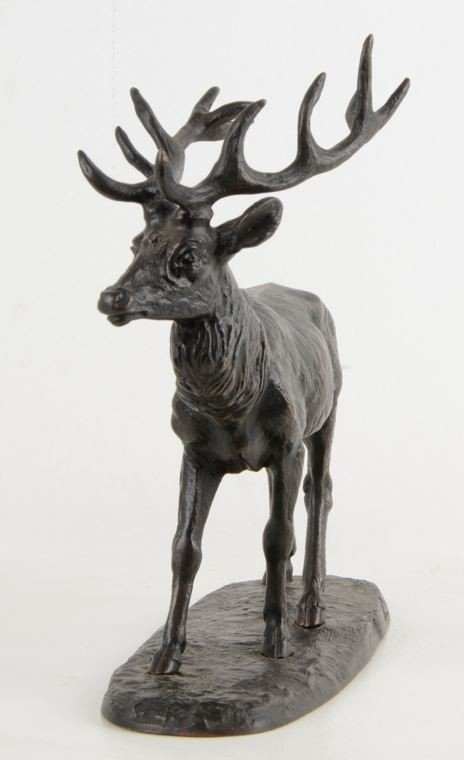

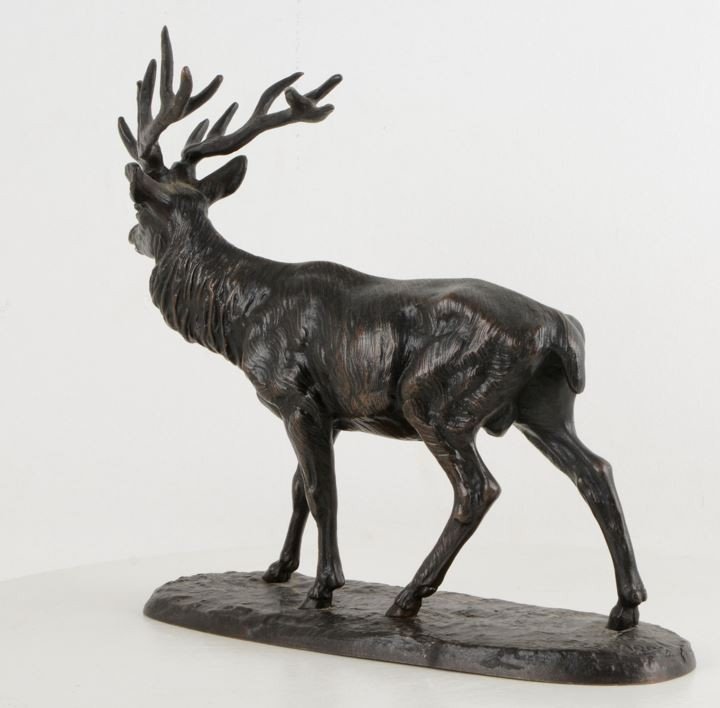
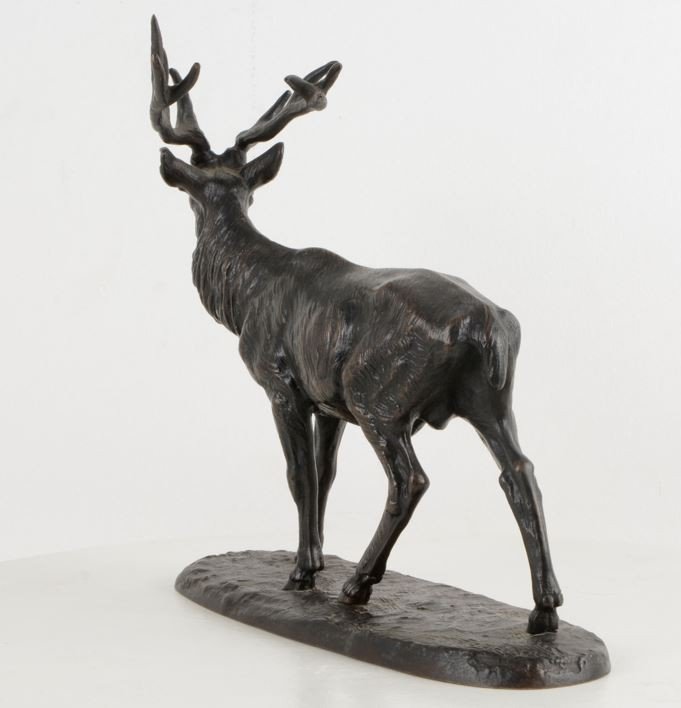
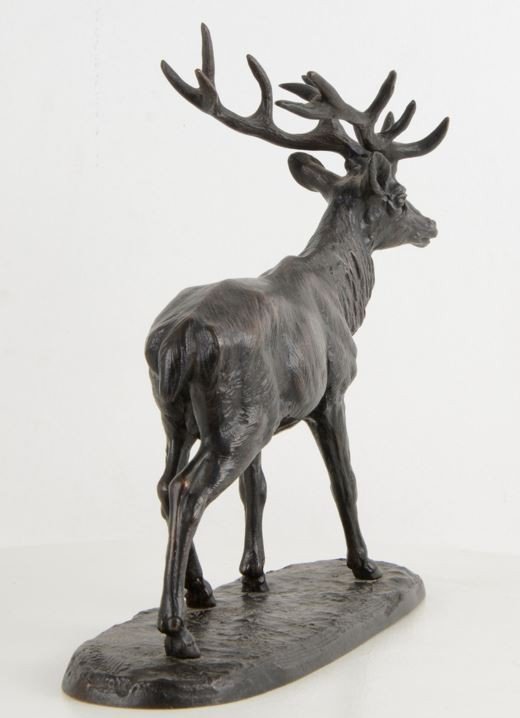


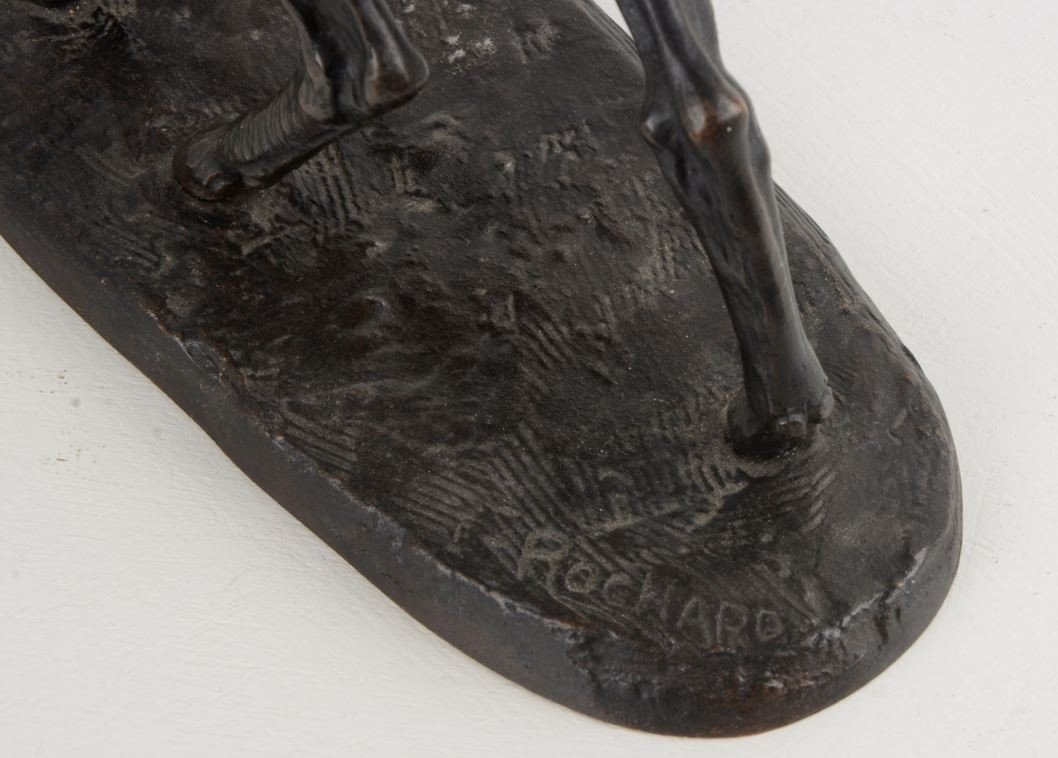
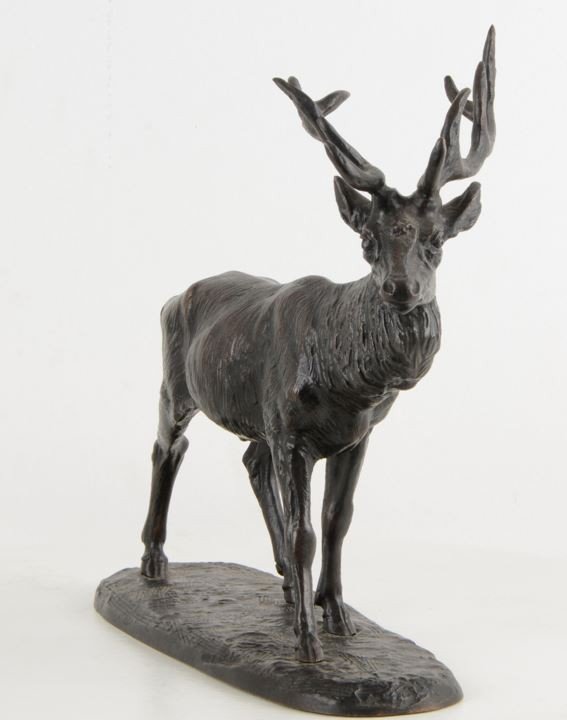












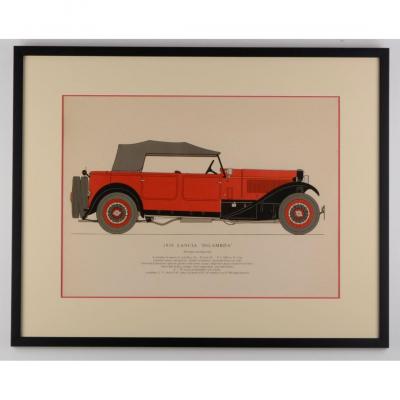
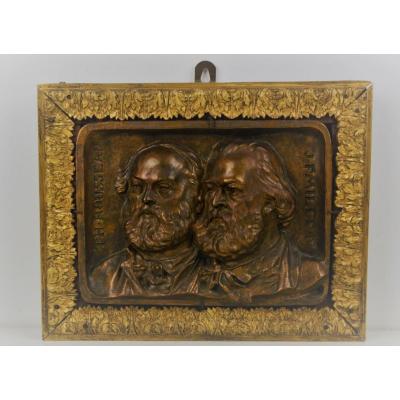
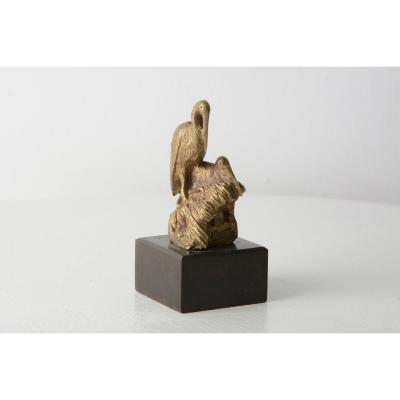







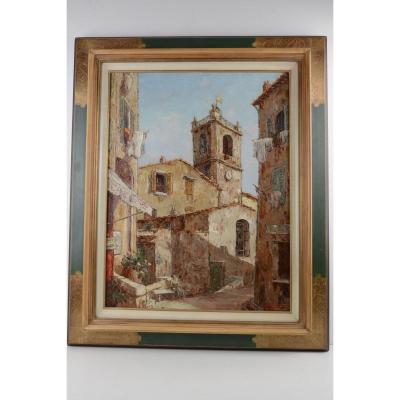











 Le Magazine de PROANTIC
Le Magazine de PROANTIC TRÉSORS Magazine
TRÉSORS Magazine Rivista Artiquariato
Rivista Artiquariato